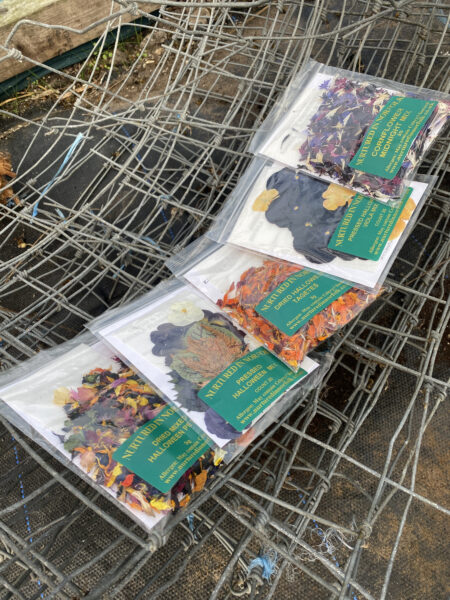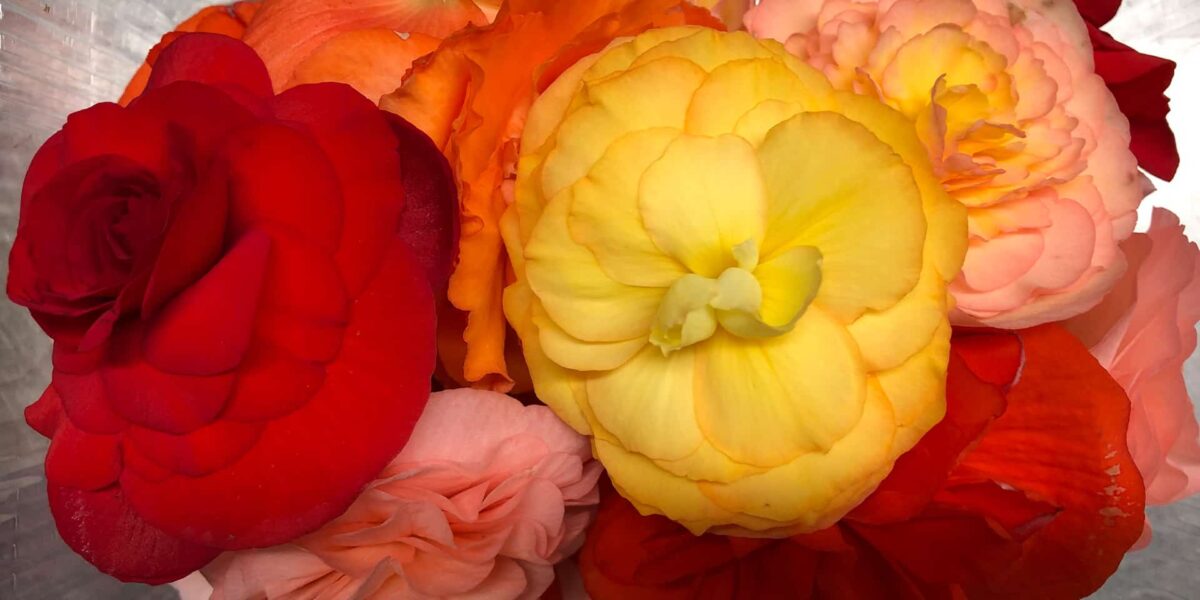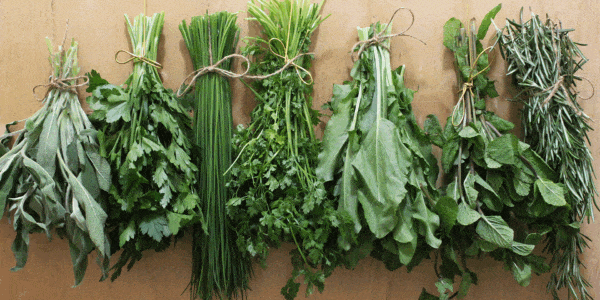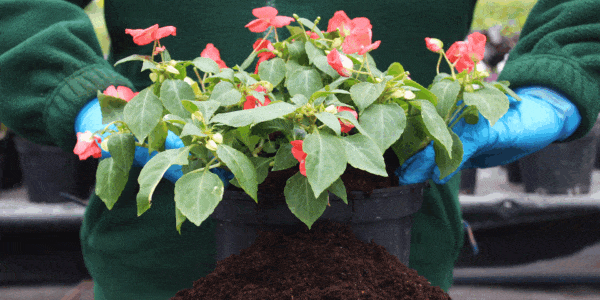 20 October 2022 | Horticulture Hacks
20 October 2022 | Horticulture Hacks
Head Growers Horticulture Hacks for Garden Roses

Nurtured in Norfolk’s gardening expert Martyn Davey answers all your questions and gives his top horticulture hacks. This week, he’s talking Garden Roses.
If you would like any horticulture query answered please do e-mail our head grower at martyn@nurturedinnorfolk.co.uk to add your thoughts to our horticulture hacks.
Dear Martyn,
Why has my yellow rose bush this year grown really tall and lost all its leaves? I’ve sent two pics (zoom in to see), the first being this year’s pathetic specimen and the second was last year a couple of months after I had planted them. The pink rose bush is still lovely this year and I have treated them both the same. The yellow one started off fine but then suddenly bolted into a tall thing with a spray of buds on the top.
What should I do with it when it has finished flowering, shall I cut it right back and see what happens? They were potted roses that were bought for me when I moved in so I put them in the garden. There was a small hydrangea between them which died.
Verity, Email.
Dear Reader,
It can be challenging to select plants for narrow borders next to walls or fences. Conditions may differ from those in other parts of the garden and plants chosen need to be smaller growing or more compact. However these situations can be sheltered and also create opportunities to grow a range of slightly more tender plants.
The main issue for you with your border is the soil lacks organic matter that will hold moisture and help support the plants that you want to grow. Both Hydrangeas and Roses are water loving heavy feeders particularly roses need to have lots of nutrients to keep them growing well. Hydrangea as the name suggests are mostly made of water and need lots of water to keep them growing well.
Borders at the base of walls can offer a number of challenges; they may be drier than a more open bed due to the wall or fence casting a ‘rain shadow.’ They often have shallow soil, rubble or restricted access due to cement footings, drains and path edges. They are usually narrow, limiting the use of broad or spreading plants, especially where they border a path required for access.
To a limited extent, the border may be improved prior to planting by digging out loose rubble and replacing with topsoil. When adding soil next to a house wall, remember to keep it lower than the damp-proof course.
Most wall-side borders benefit from having organic matter dug in and can be mulched after planting with either more of the same (e.g. garden compost, leafmould or composted bark) or a more durable mulch of bark or gravel. Roses will always prefer a damp clay soils and love to be mulched with 15cm of well rotted horse manure applied each winter this helps to keep them moist and fed. Feed them in April and June with fish blood and bone to give them even more nutrients this will help improve the soil for other things also. Should this all be too much for now then just give the plants as much water as you can once or twice a week.
To get over the need to improve the soil you would need to select plants that like hot dry condition for expel Calamintha nepeta subsp. Nepeta, Perovskia ‘Blue Spire’ AGM, x Halimiocistus sahucii AGM
Scilla hyacinthoides and Cornus Canadensis.
Roses benefit from careful pruning in autumn and spring, with a sharp pair of secateurs cut them back to one third of their height in October and the prune to about four buds from the ground in March. Always use a sloping cut just above a bud sloping away from the bud. This will stimulate new growth and sort out the size issue you have with the yellow rose although if possible check that it is not a climbing rose that you are trying to treat as a shrub rose.
Jobs for this week
- Strawberries are sending out runners now, put them into the top of a pot of compost and let them root, once well rooted cut the stem to the parent plant.
- Deadhead plants such as Dahlia, Garden Roses and Penstemon and bedding to prolong the display colour well into early autumn.
- Take cuttings of tender perennials such as Pelargonium and Osteospermum, as soon as possible. A greenhouse, cool conservatory or a light windowsill are ideal to bring them on until they are established.

